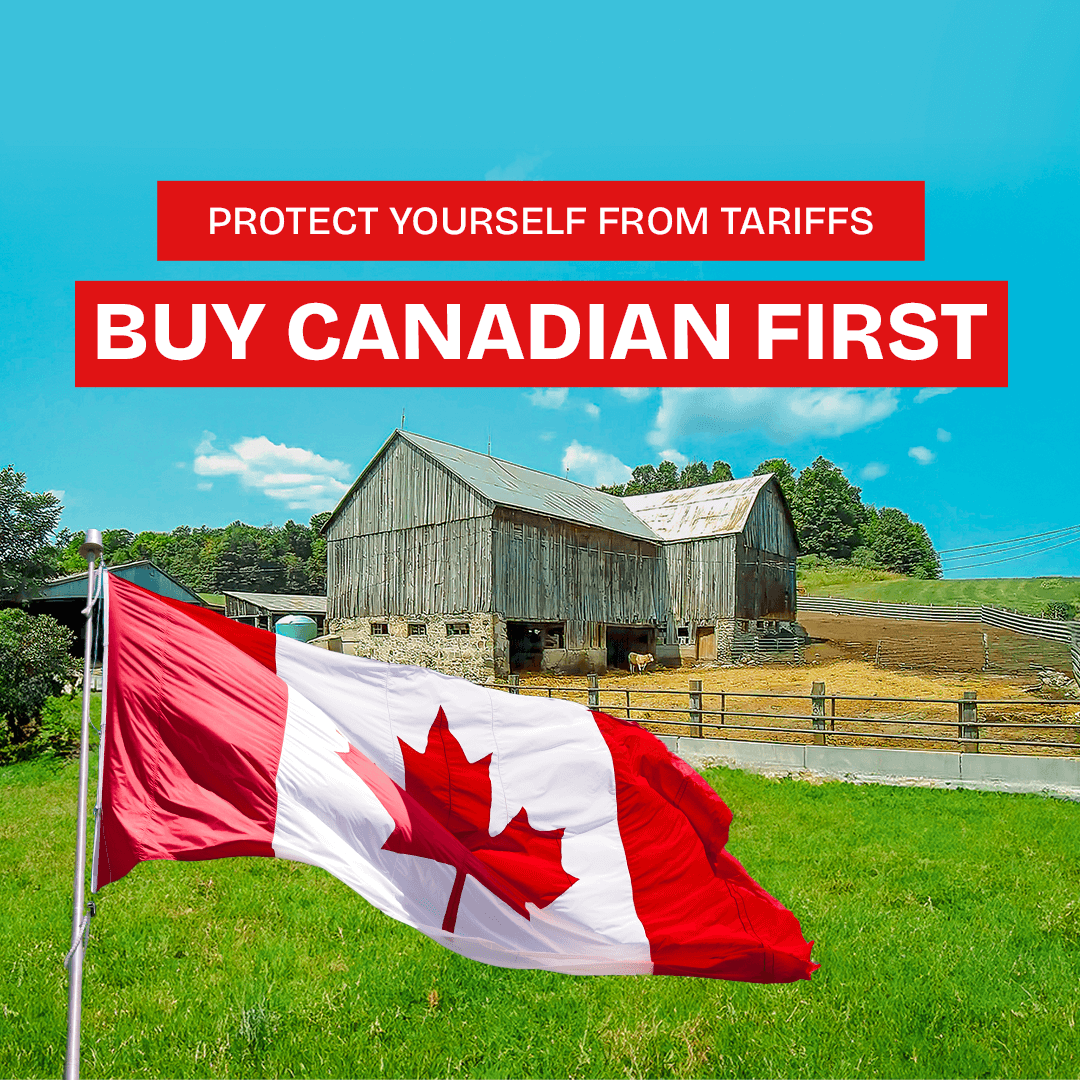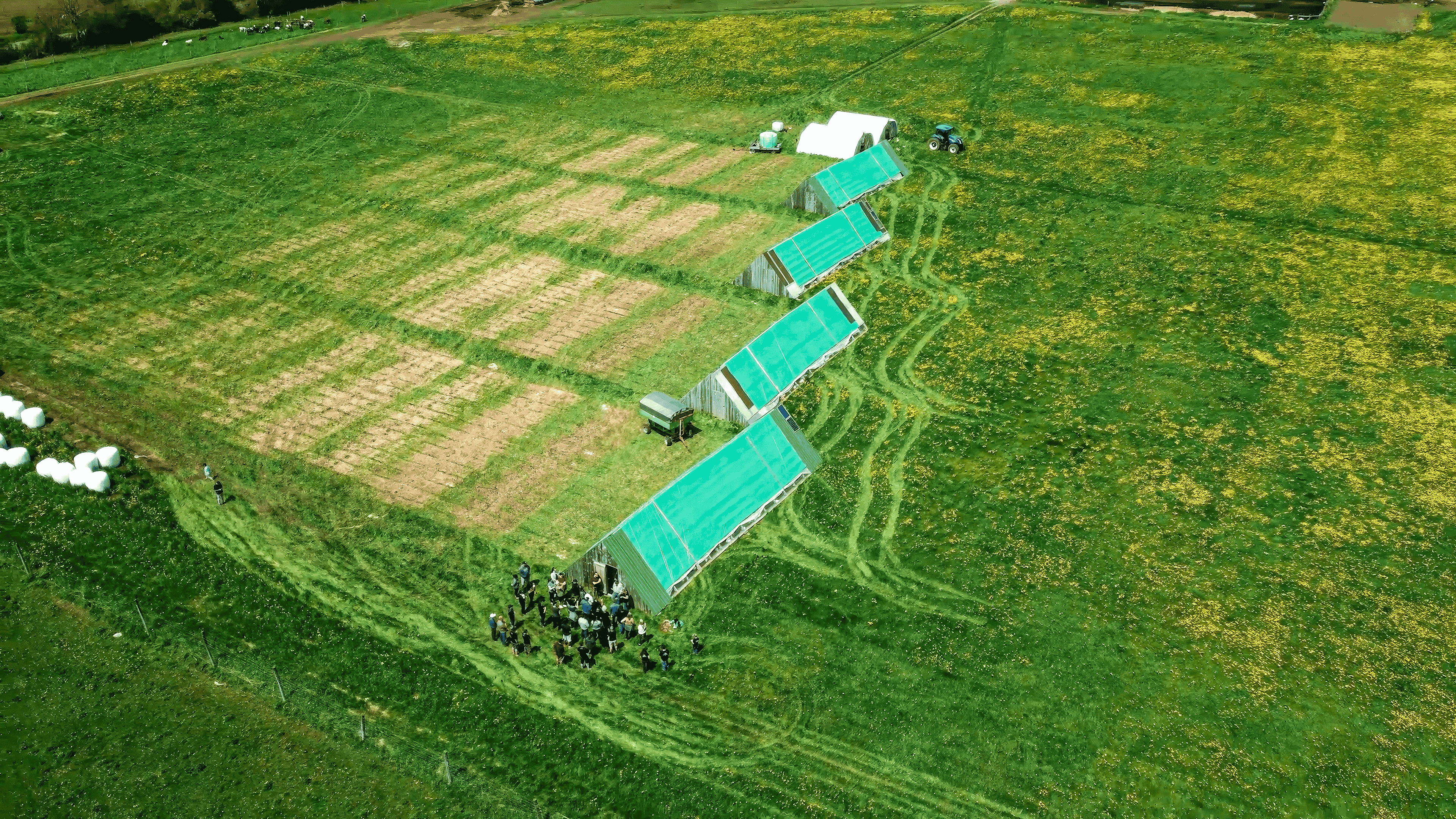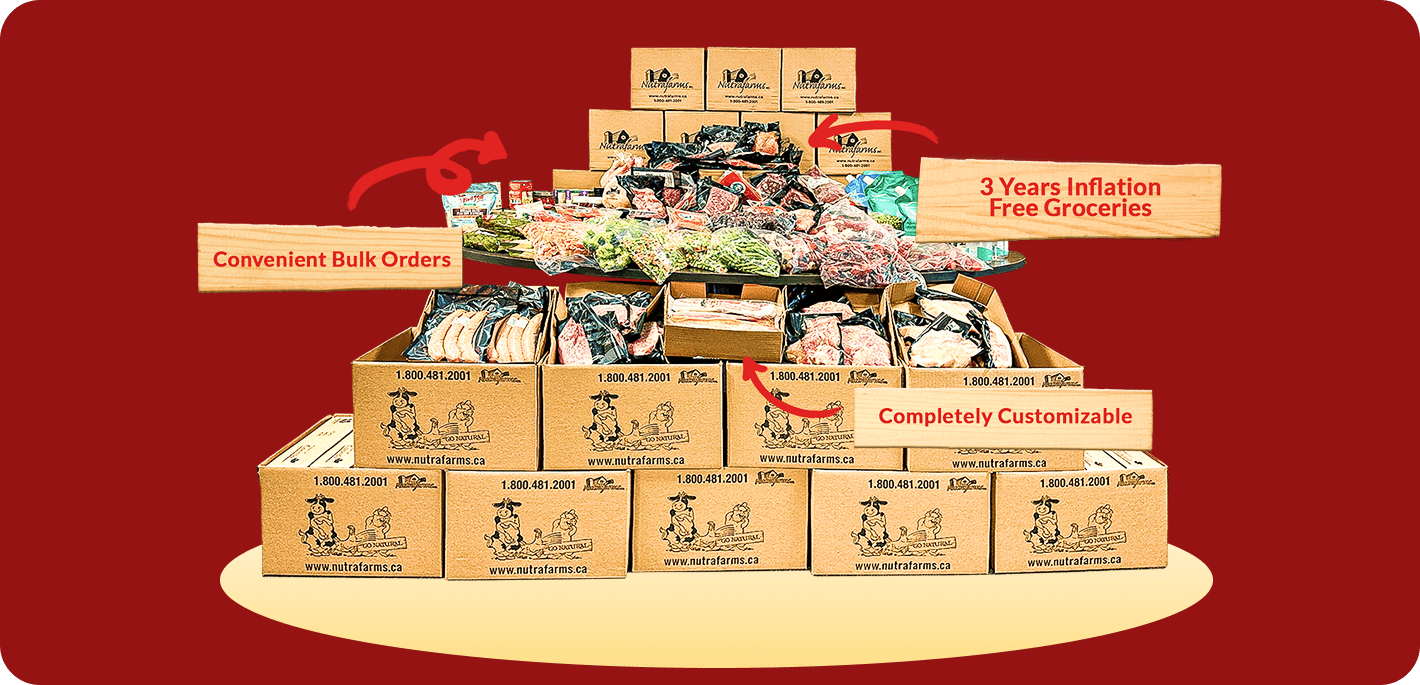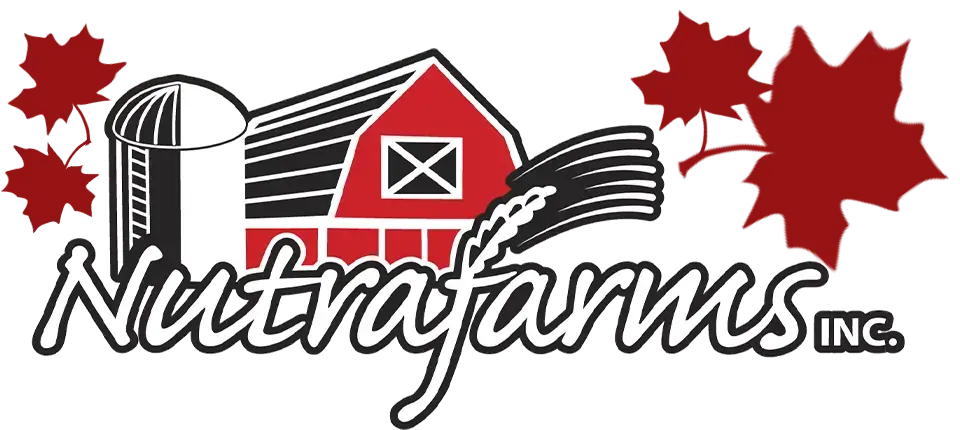Why These Tariffs Matter to You
The recent threat of a 25% tariff on Canadian imports imposed by the U.S. has sent shockwaves through our economy. While international trade disputes may seem like a distant issue, the reality is that these tariffs could directly affect the price of food in Ontario.
For decades, Canada has relied heavily on imported food, particularly from the U.S. With the introduction of tariffs, prices on meat, dairy, and staple goods are expected to surge. But what many people don’t realize is just how vulnerable our food system already is—and why this moment is a wake-up call to rethink where our food comes from.
The solution? Investing in a more resilient, local food system.

How Dependent Is Canada on U.S. Food Imports?
Canada’s grocery store shelves are filled with products imported from the United States. According to Statistics Canada, in 2023 alone, Canada imported $28.9 billion worth of agricultural and agri-food products from the U.S., making up over 60% of our total food imports.
But with tariffs now in place, everyday groceries are about to get more expensive.
According to Chad Coughlin, an Ontario pastured chicken farmer:
“We are almost entirely dependent on the U.S. for our food system, especially commercially. Most people don’t realize that Canada has no breeder flocks for chickens or turkeys. If the U.S. were to cut us off tomorrow, there would be no more chicken or turkey production in Canada. That’s how dependent we are—it’s a terrifying thought, but it’s also a wake-up call.”
This means that for certain foods—especially meat and poultry—our ability to produce and sustain our own food supply is dangerously limited.
Ontario’s Agricultural Capacity: The Untapped Potential
Despite this reliance on imports, Ontario has the land and resources to be more self-sufficient. According to the Ontario Ministry of Agriculture, Food and Rural Affairs (OMAFRA):
✔ 49,600 farms covering 12.3 million acres
✔ Over 200 different commodities grown right here in Ontario
✔ 860,000 acres dedicated to fruit and vegetable production
With such vast agricultural resources, why are we still relying so heavily on imports? The answer lies in how food is produced, distributed, and controlled by large corporations—many of which prioritize profits over local food security.
According to Chad Coughlin:“If Nutrafarms didn’t exist, small farms like mine wouldn’t exist either—we’d just be swallowed up by large corporations. And these corporations don’t care if they produce food in Canada or the U.S. If it’s more profitable to move production elsewhere, they will. That’s why supporting local farms isn’t just about quality food—it’s about food sovereignty.”
The solution? Building a stronger domestic food supply chain—one that prioritizes small, regenerative farms that are resilient to external market forces.

Why Local Food Is a More Secure Choice Amid Rising Prices
A recent Ontario government report on local food highlights the key reasons why shifting towards local consumption benefits both consumers and the economy:
✔ Shorter supply chains mean fewer transportation costs - Imported food travels thousands of kilometres, leading to price hikes due to rising fuel costs.
✔ Direct relationships with farmers stabilize pricing - When food is produced and sold locally, pricing isn’t dictated by global market fluctuations.
✔ Local farms are less vulnerable to international trade disruptions - When food is grown and consumed within Ontario, tariffs have little impact on pricing.
Dave Steele, Director at Nutrafarms, explains why Nutrafarms’ approach is uniquely positioned to protect Ontario families from price spikes:
“Nutrafarms is in a unique position because we are vertically integrated—we control our food sources, our processing plants, and our own distribution. This allows us to stabilize costs and provide Ontario families with high-quality, locally raised meat that isn't subject to global supply chain risks.”
By cutting out unnecessary middlemen and keeping food production within Ontario, Nutrafarms is able to offer price stability in a market where prices are rising everywhere else.
How to Transition to Buying More Local Food
For families looking to shift towards a more resilient, locally focused food supply, here are some practical steps:
✅ Understand Seasonal Availability
Use resources like Foodland Ontario’s availability guide to plan meals around what’s in season.
✅ Assess Your Storage Space
Before making bulk meat purchases, ensure you have the freezer capacity to store your food properly. If you think you need more storage space, check out this selection of deep freezers.
✅ Budget for Bulk Purchases
While the upfront cost is higher, the long-term savings on local, price-protected food outweigh short-term expenses.

📌 Watch Chad & Dorothy Coughlin Explain their Regenerative Chicken Farming Process
The Bigger Picture: Building a Resilient Ontario Food System
According to the Ontario Federation of Agriculture, every $1 spent on local food contributes $4.03 to Ontario’s economy. By investing in our own farmers, we not only secure our own food supply but also support an economic system that benefits local businesses and communities.
The recent tariffs may seem like a challenge, but they also present an opportunity—a moment to reconnect with local farmers and take control of our own food security.
✔ Review your current grocery spending - How much of your budget goes to imported food?
✔ Research local food providers - Find farmers and food delivery services that align with your values.
✔ Consider bulk buying for long-term savings - Look into Nutrafarms’ three-year price guarantee to lock in pricing stability.
✔ Start small, but start now - Even switching a portion of your grocery budget to local sources makes a difference.
As Ontario faces the impact of these tariffs, we have the power to shift toward a better, more resilient food system—one that prioritizes local farms, price stability, and food independence.
Want to learn more? Contact Nutrafarms today to explore options for securing your family’s food supply.


